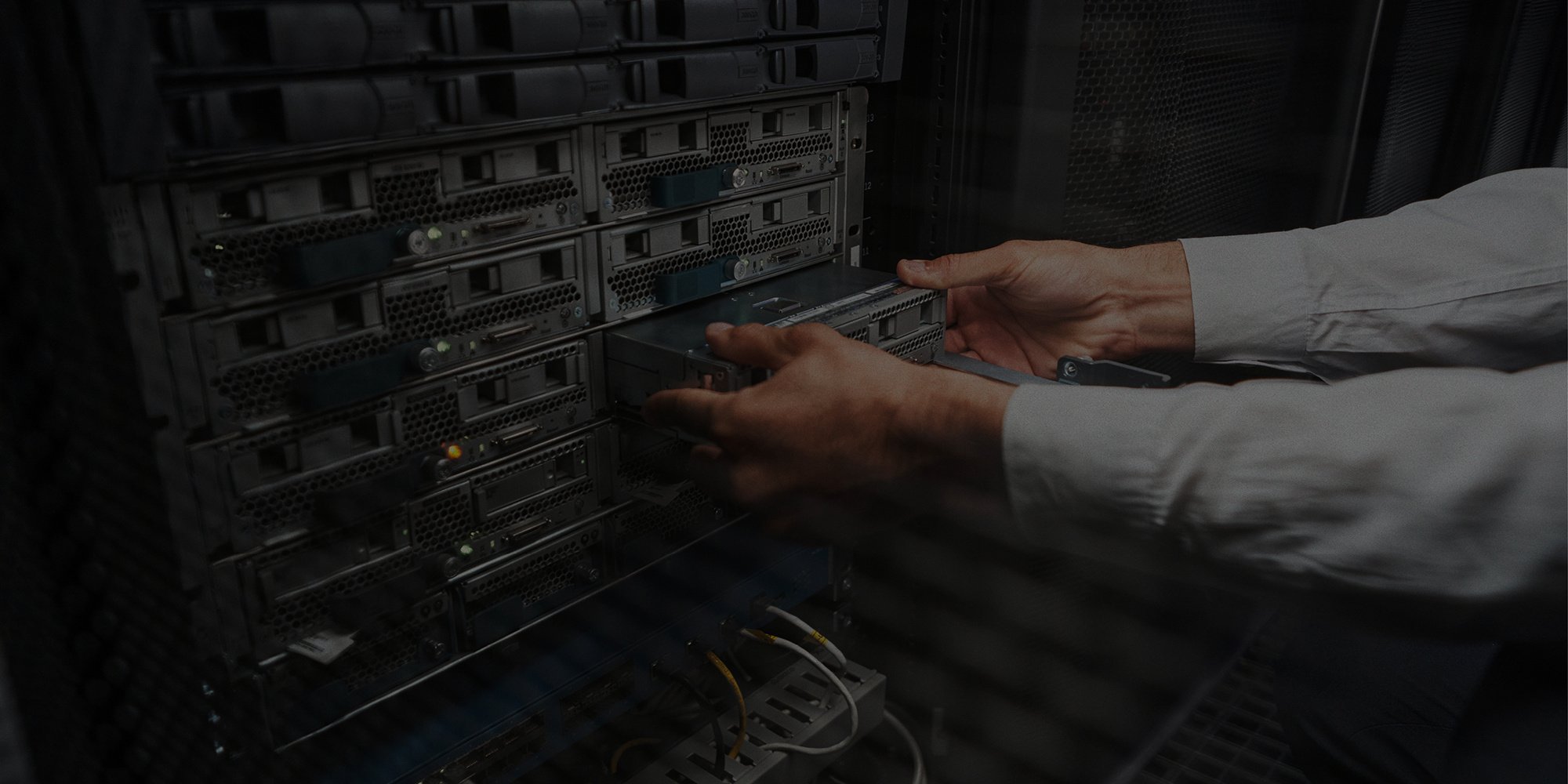Proactive Maintenance Vs. Reactive Maintenance Explained

When it comes to managing IT systems or equipment, IT maintenance is an essential part of keeping everything running smoothly. Whether you're dealing with network infrastructure or machinery, your approach to maintenance can impact both the short-term and long-term performance of your operations. In this guide, we'll break down proactive maintenance vs reactive maintenance to help you understand the better option for your organization.
PROACTIVE VS. REACTIVE MAINTENANCE
When it comes to managing IT systems or equipment, the approach you take to maintenance can greatly impact your operations. Understanding the differences between these two methods can help you optimize your resources and improve overall efficiency.
What is proactive maintenance?
Proactive maintenance focuses on preventing problems before they arise. Instead of waiting for a piece of equipment to break down or a system to fail, proactive maintenance aims to detect and address issues early on. This approach often relies on regular inspections using IT maintenance checklists, predictive technologies, and scheduled upkeep to ensure everything is functioning optimally.
By focusing on proactive maintenance, businesses can often catch problems before they grow into larger, costlier issues. The result is a smoother, more reliable operation that’s less prone to costly interruptions.
What is reactive maintenance?
Reactive maintenance involves responding to problems after they occur. It’s a more reactive approach to repairs that typically comes into play when something breaks down unexpectedly. While this method can be effective in the short term, it often comes at the cost of higher downtime, emergency repair fees, and potentially even lost revenue.
While reactive maintenance can resolve issues as they arise, it often results in more costly and disruptive consequences in the long run.
What’s the difference?
Proactive maintenance focuses on preventing problems before they occur, which leads to cost savings, reduced downtime, and improved efficiency. While it may require upfront investment, it helps avoid expensive emergency repairs and keeps systems running smoothly.
In contrast, reactive maintenance involves fixing issues after they happen. While it can quickly address immediate problems, it often results in higher costs and longer downtime. Reactive maintenance is less efficient, as it doesn’t address underlying issues and can lead to recurring problems.
Overall, proactive maintenance is more cost-effective and reliable, while reactive maintenance is a necessary but less efficient approach for handling unexpected failures.
HOW TO ENSURE PROACTIVE MAINTENANCE OVER REACTIVE MAINTENANCE
Adopting a proactive maintenance strategy is necessary for businesses seeking to minimize downtime and reduce long-term costs. However, even with the best proactive care, unexpected issues can arise. This is why companies need skilled IT technicians who can handle both proactive and reactive maintenance effectively, ensuring minimal disruption when problems do occur.
TSP specializes in providing businesses with comprehensive IT services that include proactive system monitoring, timely software updates, and predictive maintenance. Our team ensures that your systems are regularly checked and maintained, while also being prepared to address any unexpected issues that may arise.
If you're looking for IT services that combine proactive maintenance and reactive maintenance for reliable, uninterrupted business operations, explore our IT maintenance services today!
Related news
Maintenance Services: Why It Matters
Maintenance may not seem like the most interesting topic — at least until consequences for failing...
Proactive IT Maintenance: Why It Matters and Tips for Success
Technology is everywhere, and every business leans heavily on its IT system to stay competitive...
11 IT Asset Management Best Practices
Correctly managing IT assets helps enterprises reduce costs, increase productivity, and extract...






